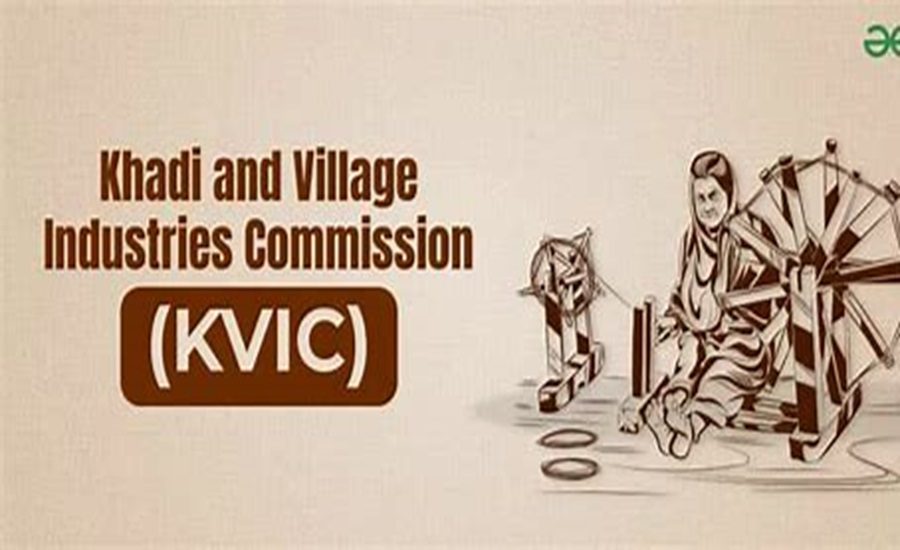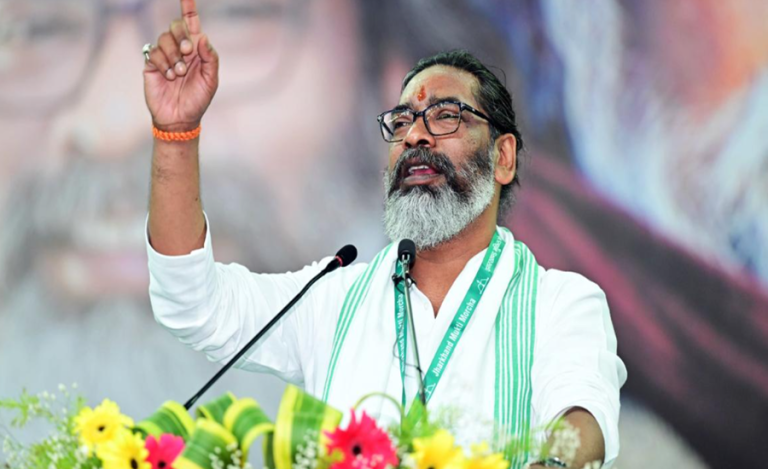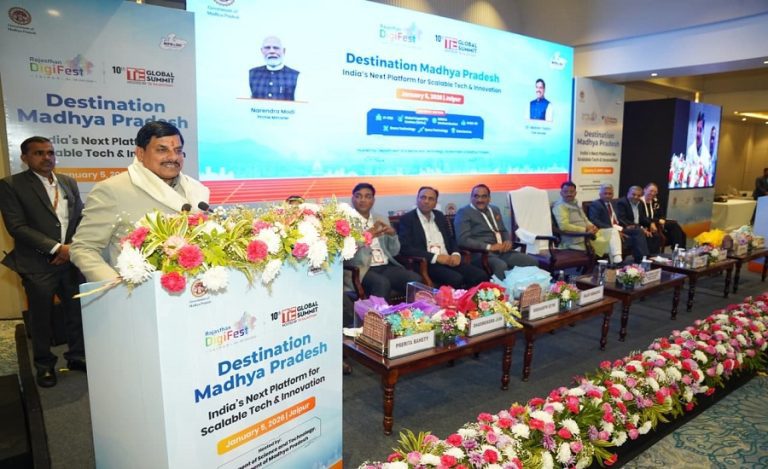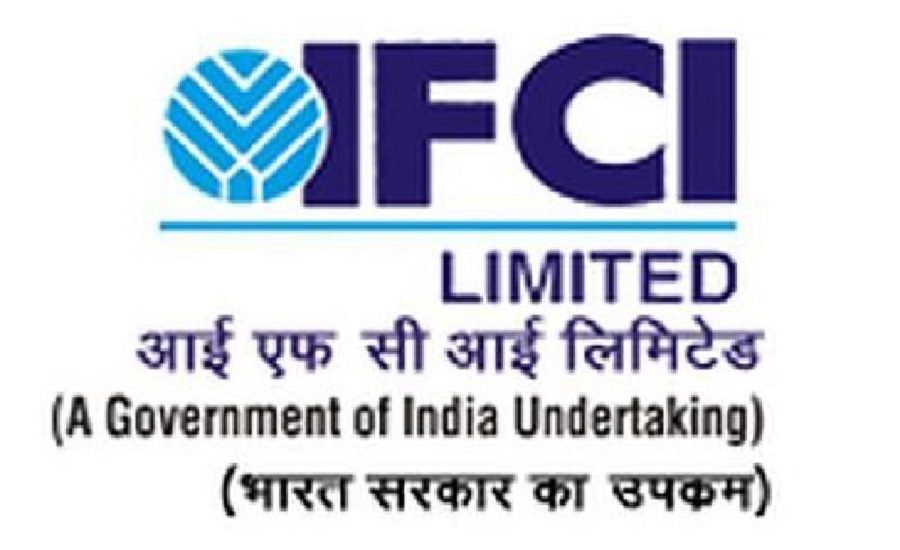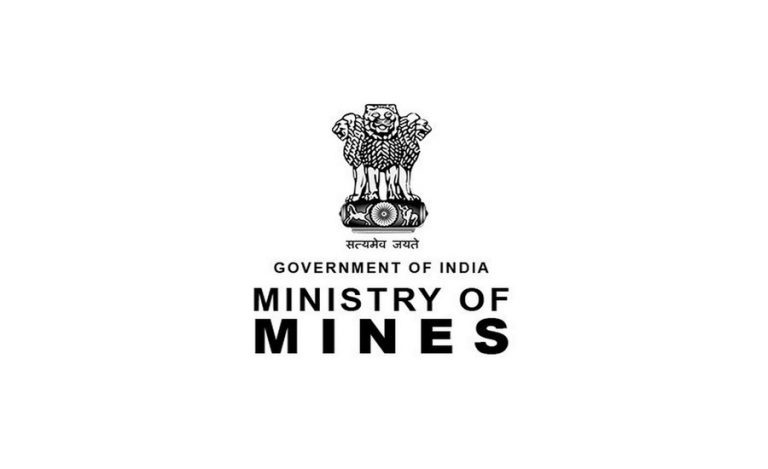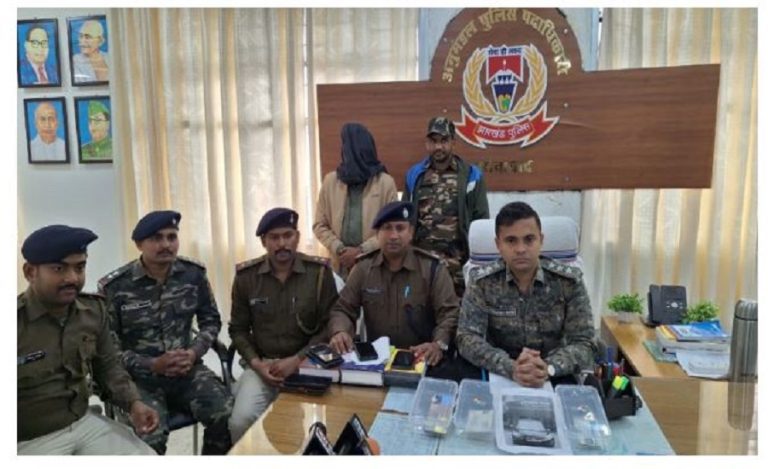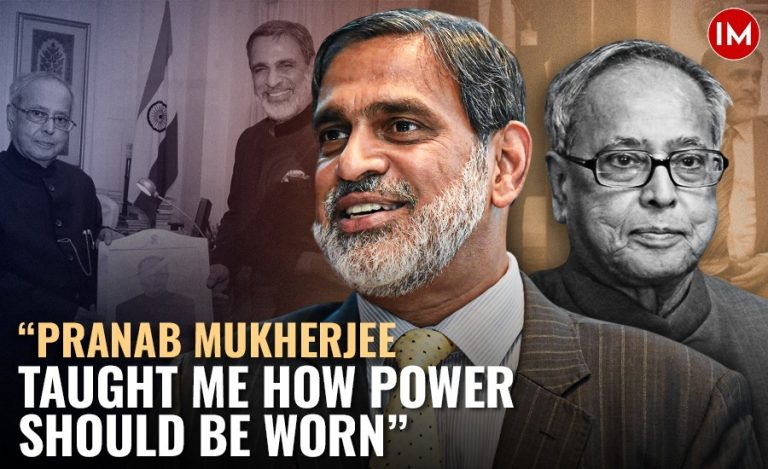New Delhi: In a remarkable milestone for India’s self-reliant economy, the Ministry of Micro, Small and Medium Enterprises (MSME) announced that sales of Khadi and Village Industry products have soared to ₹1,70,551.37 crore in the financial year 2024-25 – an almost fivefold increase from ₹31,154.19 crore in 2013-14.
According to provisional data released by the Khadi and Village Industries Commission (KVIC) on Monday, the sector has also witnessed a 347% surge in production over the last 11 years, rising from ₹26,109.07 crore in 2013-14 to ₹1,16,599.75 crore in 2024-25. Employment in the sector grew by 49.23%, reaching 1.94 crore individuals, up from 1.30 crore in 2013-14.
Unprecedented Growth in Khadi Sales and Production
Chairman of KVIC, Shri Manoj Kumar, attributed this extraordinary performance to the visionary leadership of Prime Minister Shri Narendra Modi and the dedicated efforts of rural artisans across India. “Khadi is no longer just a fabric—it is a symbol of ‘Ek Bharat, Shreshtha Bharat’,” he said during the announcement at KVIC headquarters in Rajghat.
The production of Khadi clothing has seen a jump of 366%, growing from ₹811.08 crore in 2013-14 to ₹3,783.36 crore in 2024-25. Sales have skyrocketed by 561%, from ₹1,081.04 crore to ₹7,145.61 crore. KVIC attributed this growth in part to Prime Minister Modi’s consistent promotion of Khadi on national and global platforms.
Record-Breaking Turnover and Employment
For the first time since independence, the Khadi and Village Industries sector has crossed the ₹1.70 lakh crore mark in turnover. The Khadi Gramodyog Bhawan in New Delhi alone recorded a record turnover of ₹110.01 crore, more than doubling from ₹51.02 crore in 2013-14.
Under the Pradhan Mantri Employment Generation Programme (PMEGP), over 10 lakh units have been established, generating employment for over 90 lakh individuals. The government has disbursed margin money subsidies amounting to ₹27,166.07 crore against a loan sanction of ₹73,348.39 crore.
Driving Rural Employment and Women Empowerment
KVIC’s Gramodyog Vikas Yojana has played a key role in rural development, with the distribution of 2.87 lakh machines and toolkits including electric pottery wheels, bee boxes, incense stick machines, footwear toolkits, and more.
Chairman Kumar also highlighted the role of women in the sector, noting that 57.45% of the 7.44 lakh individuals trained through KVIC training centers over the past decade were women. Additionally, 80% of the five lakh Khadi artisans are women. In recognition of their contribution, wages for Khadi artisans have increased by 275% over the past 11 years.
Towards ‘Viksit Bharat’ by 2047
“This historic performance is not just a testament to the success of government schemes but also a reflection of the unwavering spirit of India’s rural workforce,” said Kumar. “KVIC’s achievements are laying a strong foundation for the vision of a ‘Viksit Bharat’ by 2047 and India’s emergence as the third-largest economy in the world.”
About KVIC
The Khadi and Village Industries Commission (KVIC) is a statutory body formed in April 1957 by the Government of India, under the Act of Parliament, ‘Khadi and Village Industries Commission Act of 1956’. It is an apex organisation under the Ministry of Micro, Small and Medium Enterprises, with regard to khadi and village industries within India, which seeks to – “plan, promote, facilitate, organise and assist in the establishment and development of khadi and village industries in the rural areas in coordination with other agencies engaged in rural development wherever necessary.”

